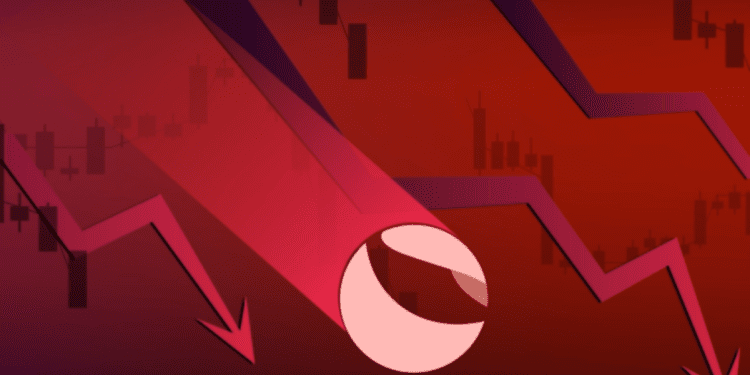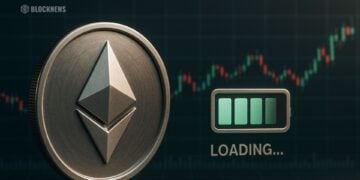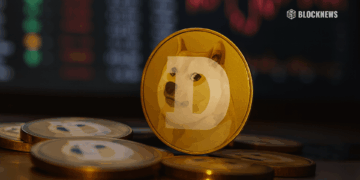- Terra blockchain suspends its online activities on August 22 due to increasing phishing scams.
- The company’s Station Wallet updates its security features, urging users to download new tools.
- Past hurdles for Terra include a significant financial hit in May 2022, leading to Terra 2.0’s introduction.
The digital currency landscape faced another security hiccup on August 22 when the Terra blockchain decided to pause its web services. This action came as a response to a growing number of phishing scams that targeted its user community. Users were informed through platform X that terra(dot)money would be temporarily inaccessible to fend off these cyberattacks. The organization made it clear that a final solution to this issue is still in the works.
Terra’s management asked its users to avoid any interactions with sites associated with the mentioned domain. They emphasized waiting for an official green light, indicating that all’s safe before venturing back.
Navigating this crisis, the Terra crew encountered challenges, especially when trying to get prompt feedback from some external partners. Even with these obstacles, the team maintained its dedication, working continuously to uphold the safety of its users.
In tandem with this, Terra also shared insights about their Station Wallet, a tool designed for users to run decentralized apps on multiple blockchain networks. Notable ones include Juno, Kujira, and naturally, Terra itself.
The Station Wallet didn’t lag in beefing up its defenses either. Just a day earlier, on August 21, it unveiled critical updates designed to elevate user safety levels. The team overseeing the wallet alerted users about potential risks tied to their desktop and mobile tools. They also pointed users to updated and safe-to-use browser extensions and apps.
However, Terra’s struggles kicked off over the previous weekend. Their defenses were compromised when hackers penetrated their site, orchestrating phishing attacks that aimed at their users. The initial warning about this potential threat was issued on August 19, cautioning users against accessing Terra-linked sites. This message was echoed once more on the following day.
This isn’t uncharted territory for Terra. They faced a sizable obstacle in May 2022, which resulted in a financial dent amounting to $40 billion in the digital currency market. The root comes from the dip in Terra’s UST stablecoin’s performance. But setbacks like these didn’t dampen the spirits of the Terra community. Spearheaded by co-founder Do Kwon, they displayed resilience, unveiling Terra 2.0 and pledging to restore the lost capital.
A Lookback on LUNA’s Value
In May 2022, the cryptocurrency market witnessed a notable shake-up when Terra’s LUNA token took a deep plunge. The primary catalyst behind the decline was a daring $10 million bearish bet placed by a trader identified only as GCR. This aggressive stance against LUNA captured widespread attention, accelerating the token’s dramatic devaluation and concurrently affecting its counterpart, the stablecoin UST.
The tumultuous period preceding the crash was riddled with skepticism about the Terra platform’s viability. While Terraform CEO Do Kwon remained optimistic, even projecting that LUNA would surpass the $88 mark due to his hefty investments, the broader market felt otherwise. Central to the debate was the LUNA-TerraUSD relationship, with particular emphasis on the controversial procedure demanding the burning of LUNA to produce TerraUSD. Many market watchers began to cast doubts on LUNA’s sustainability in its dual role: as a reserve currency and a governance token. Their primary concern was the susceptibility of the token to erratic demand shifts and potential large-scale liquidations, which might destabilize the intertwined LUNA-UST mechanism.














